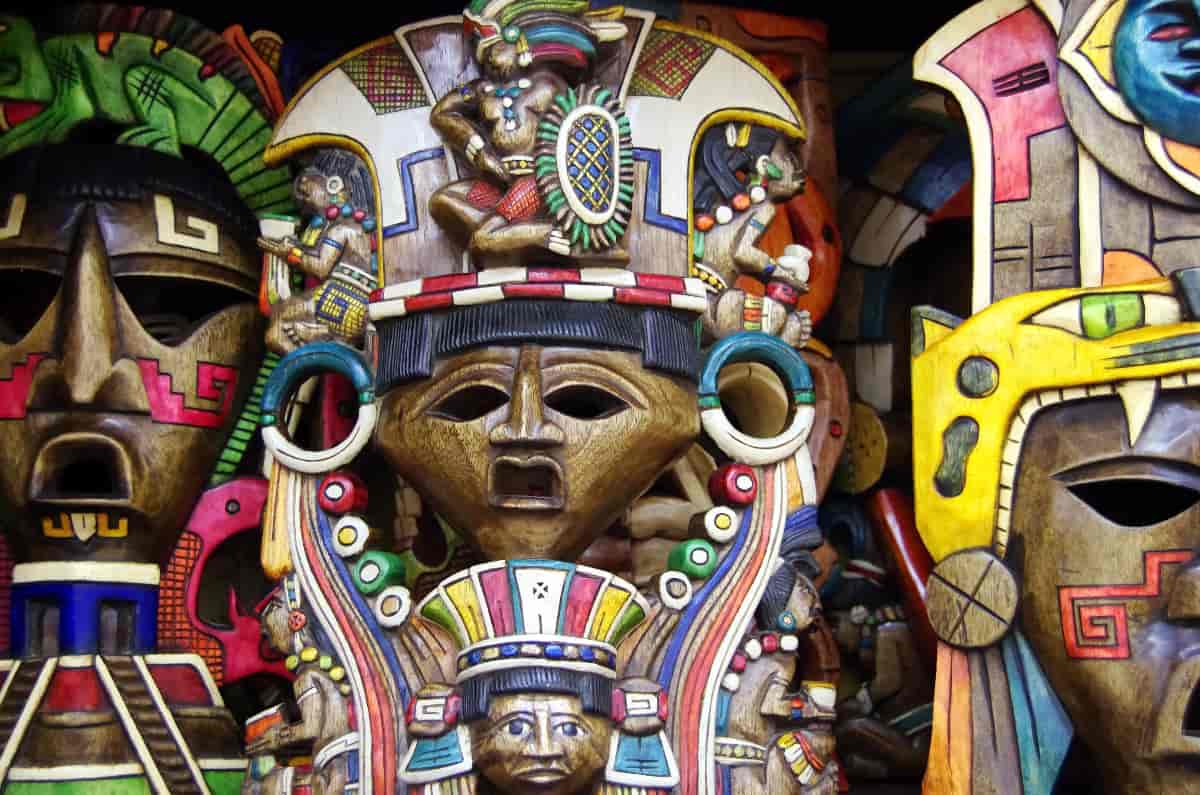How the conception of folk art varies over time
Folk art acquires a different definition according to the historical period and the region. The most common products made by artisans in Mexico are sarapes, embroidery, shawls, wooden masks, stone figures, and blown glass.





